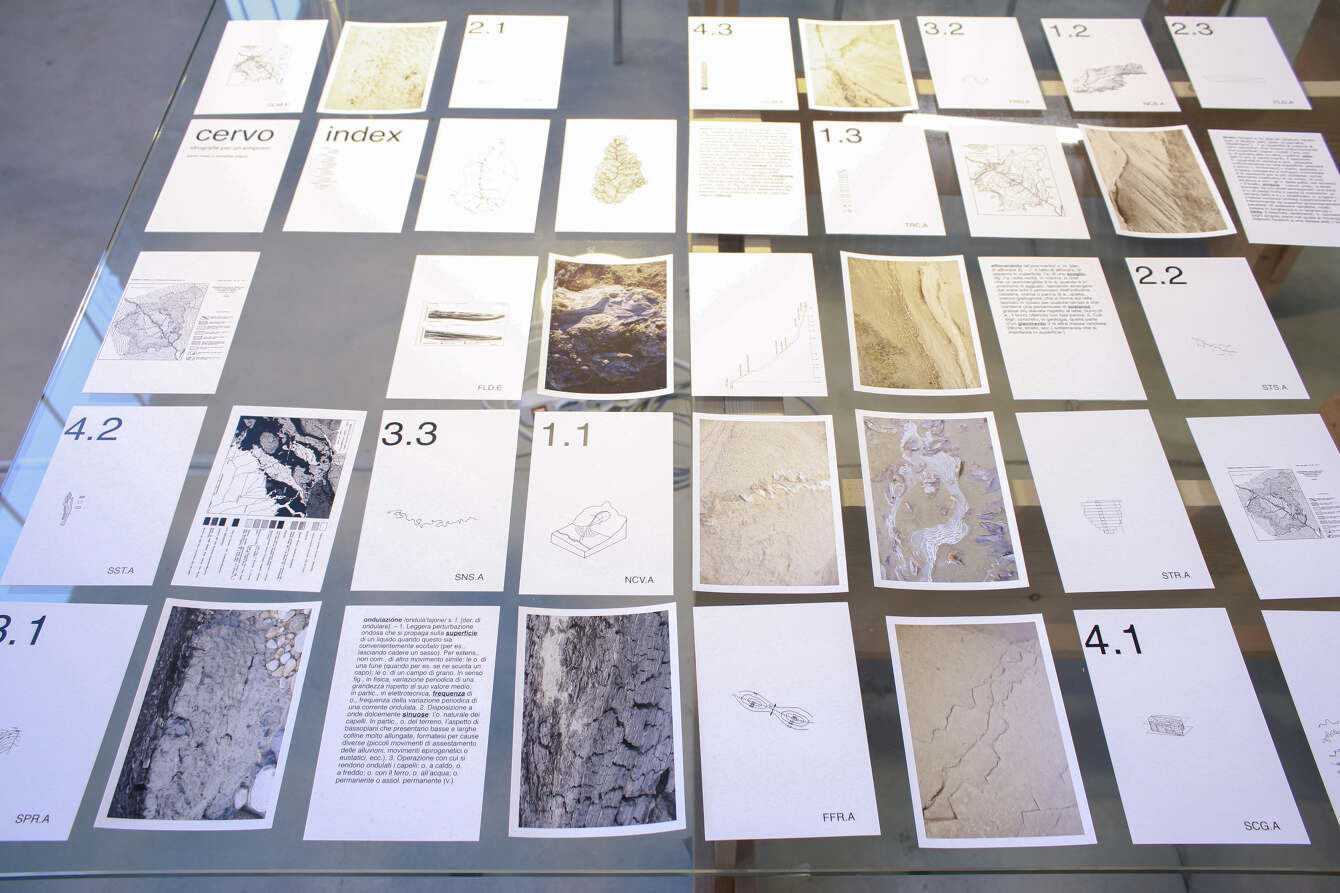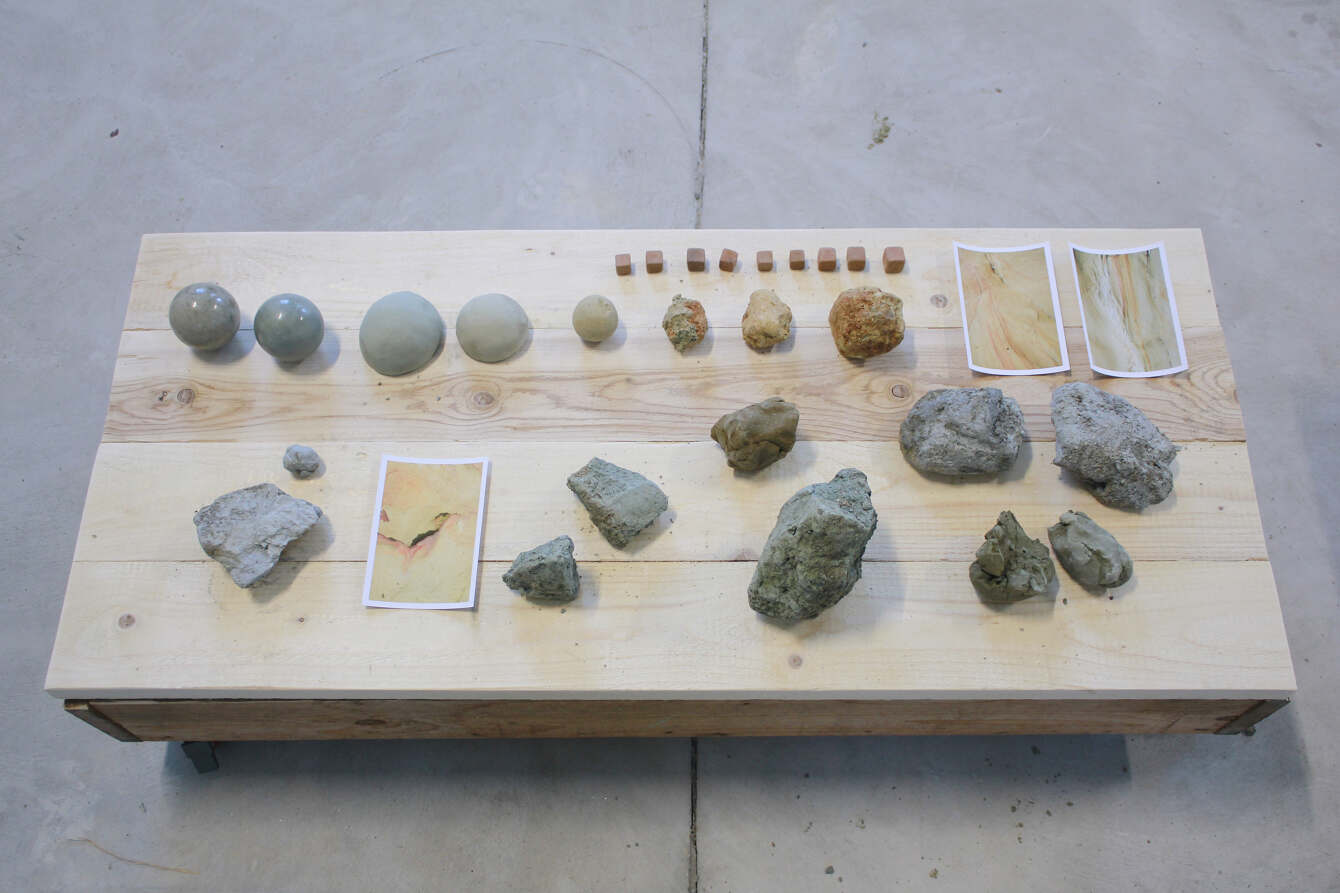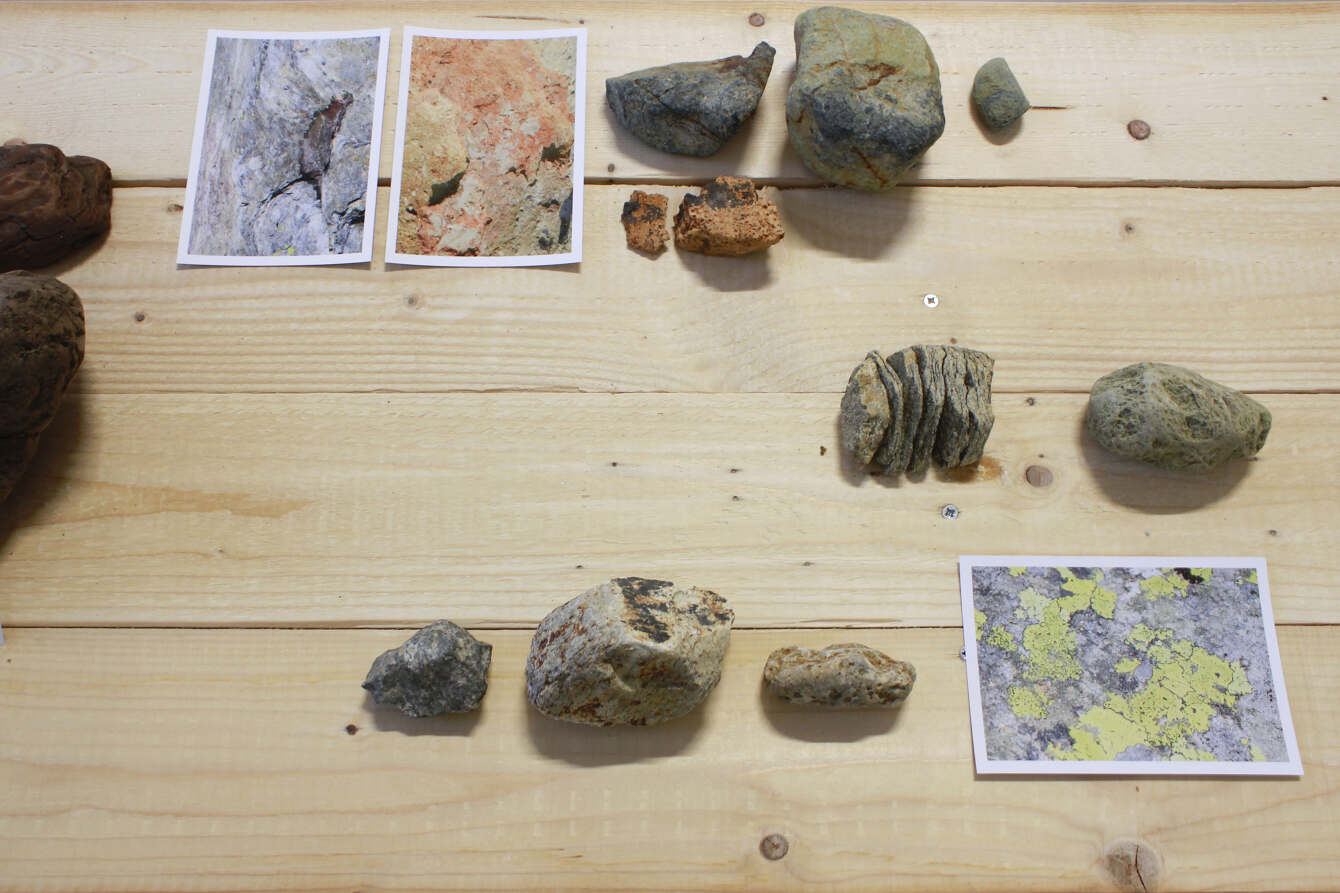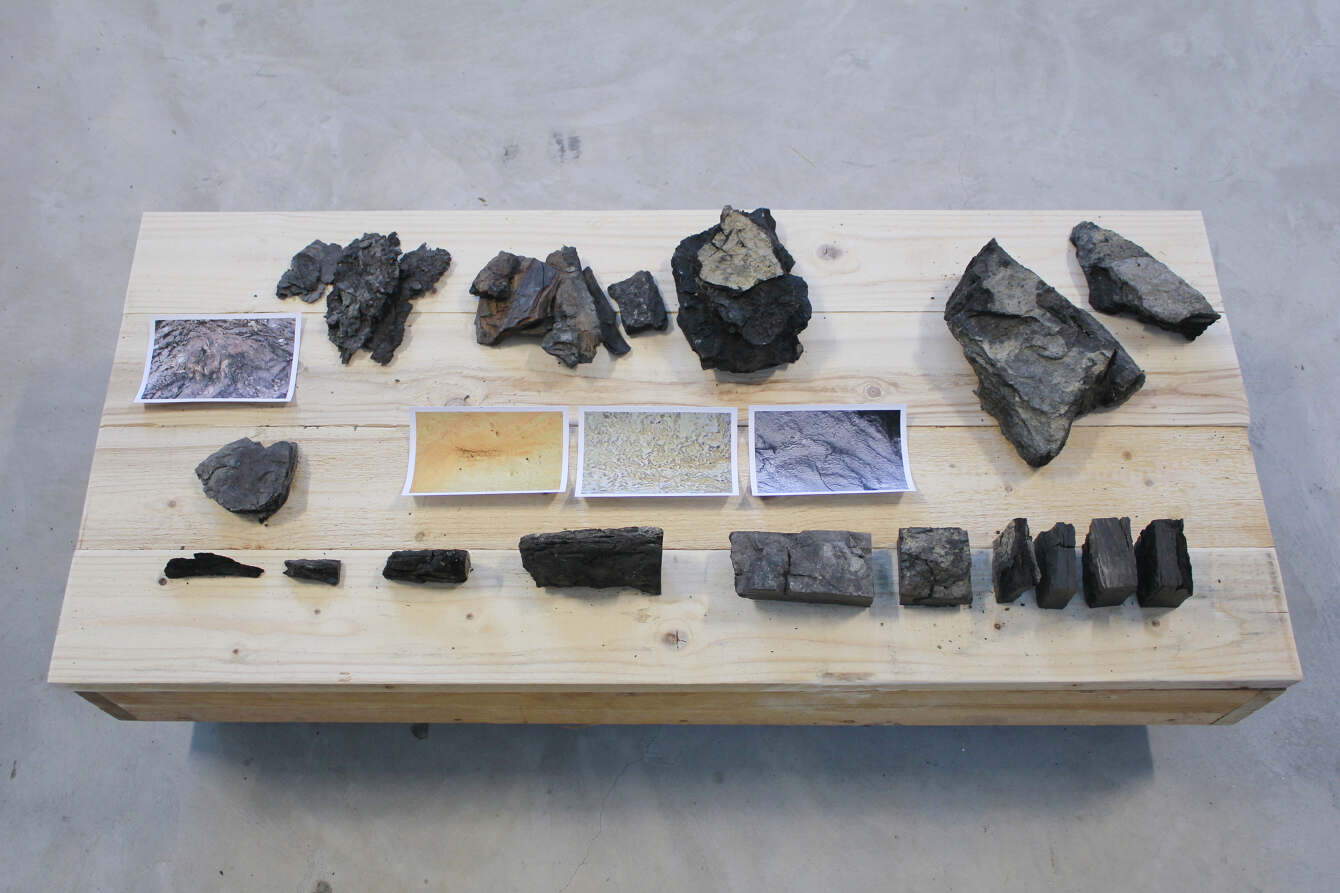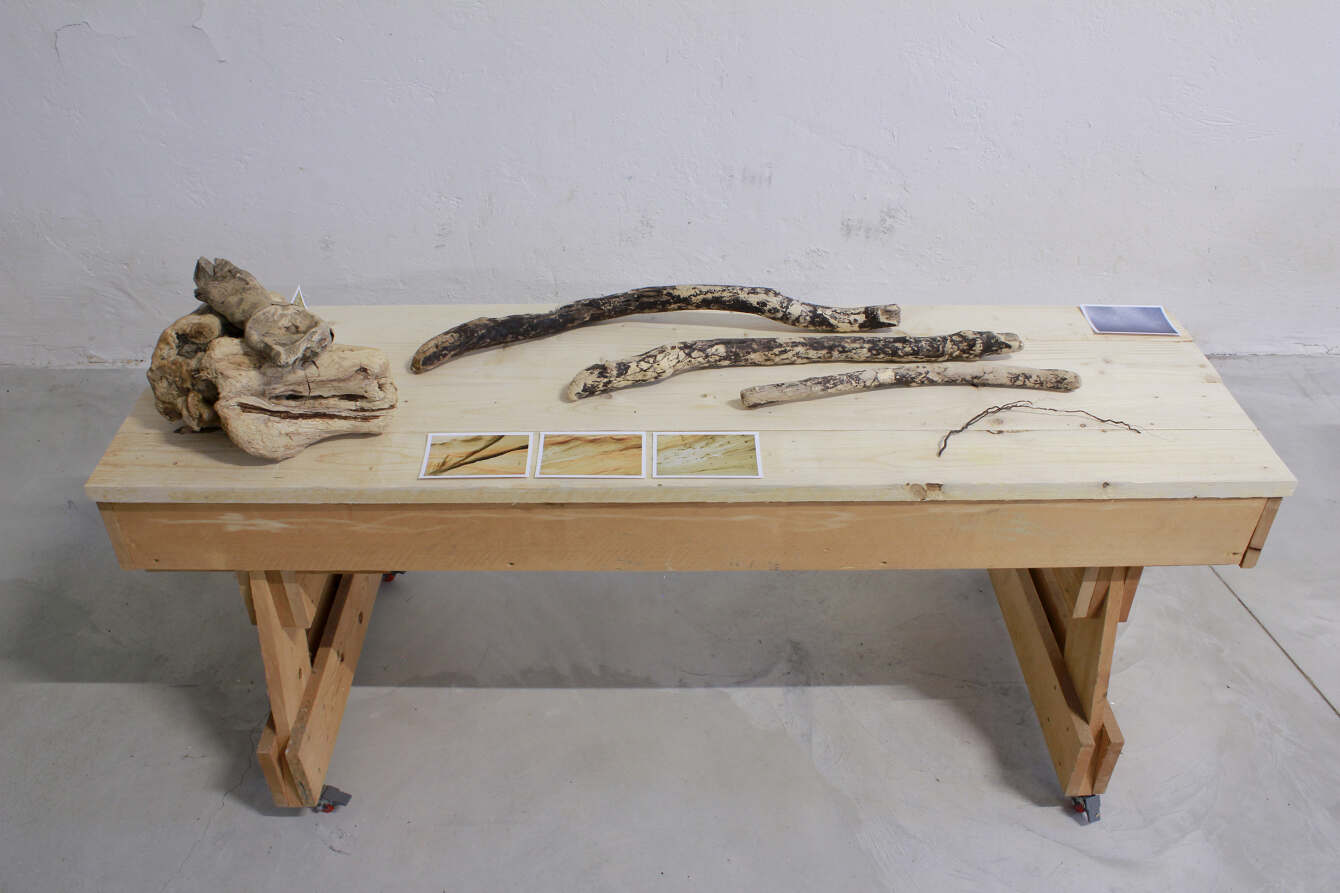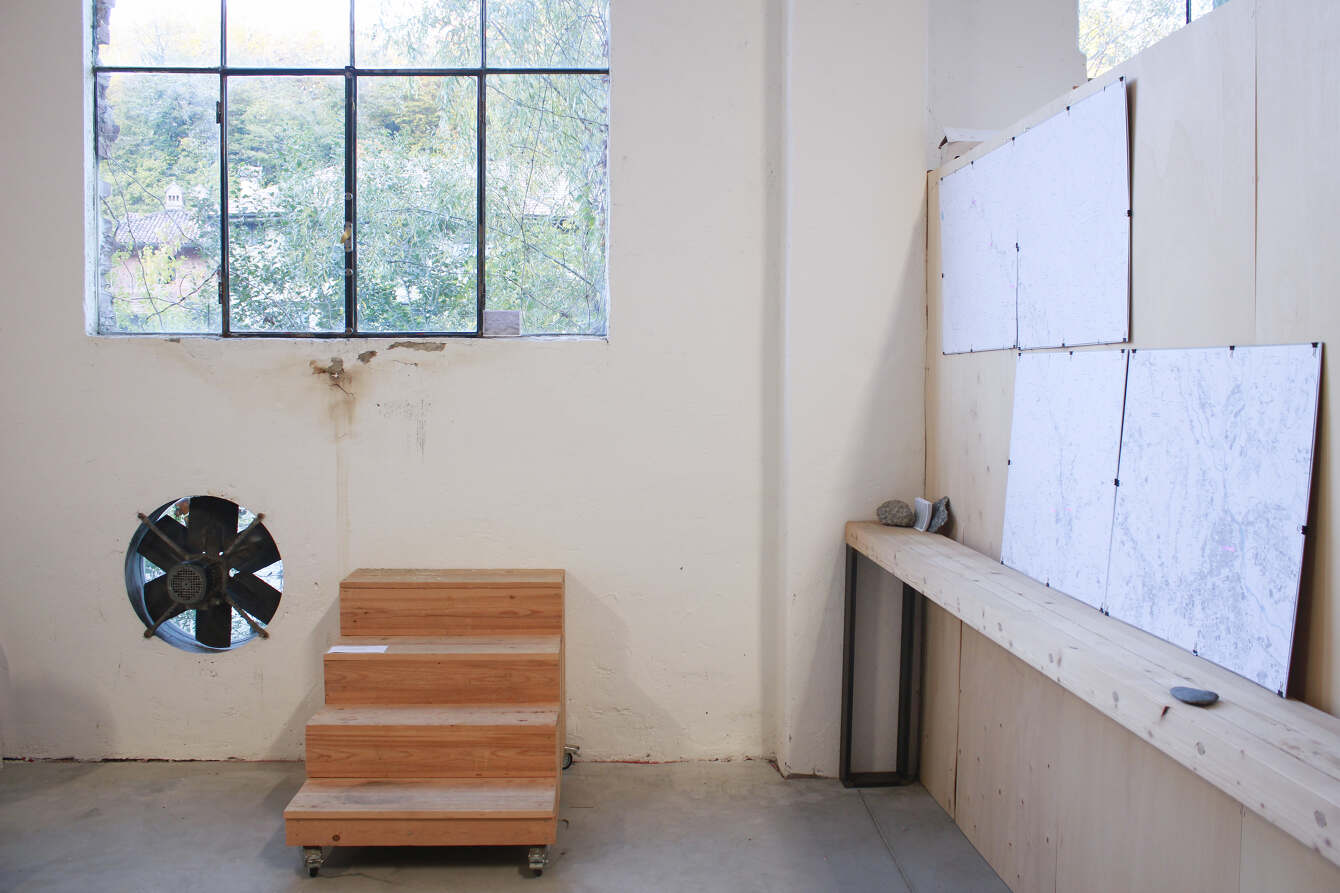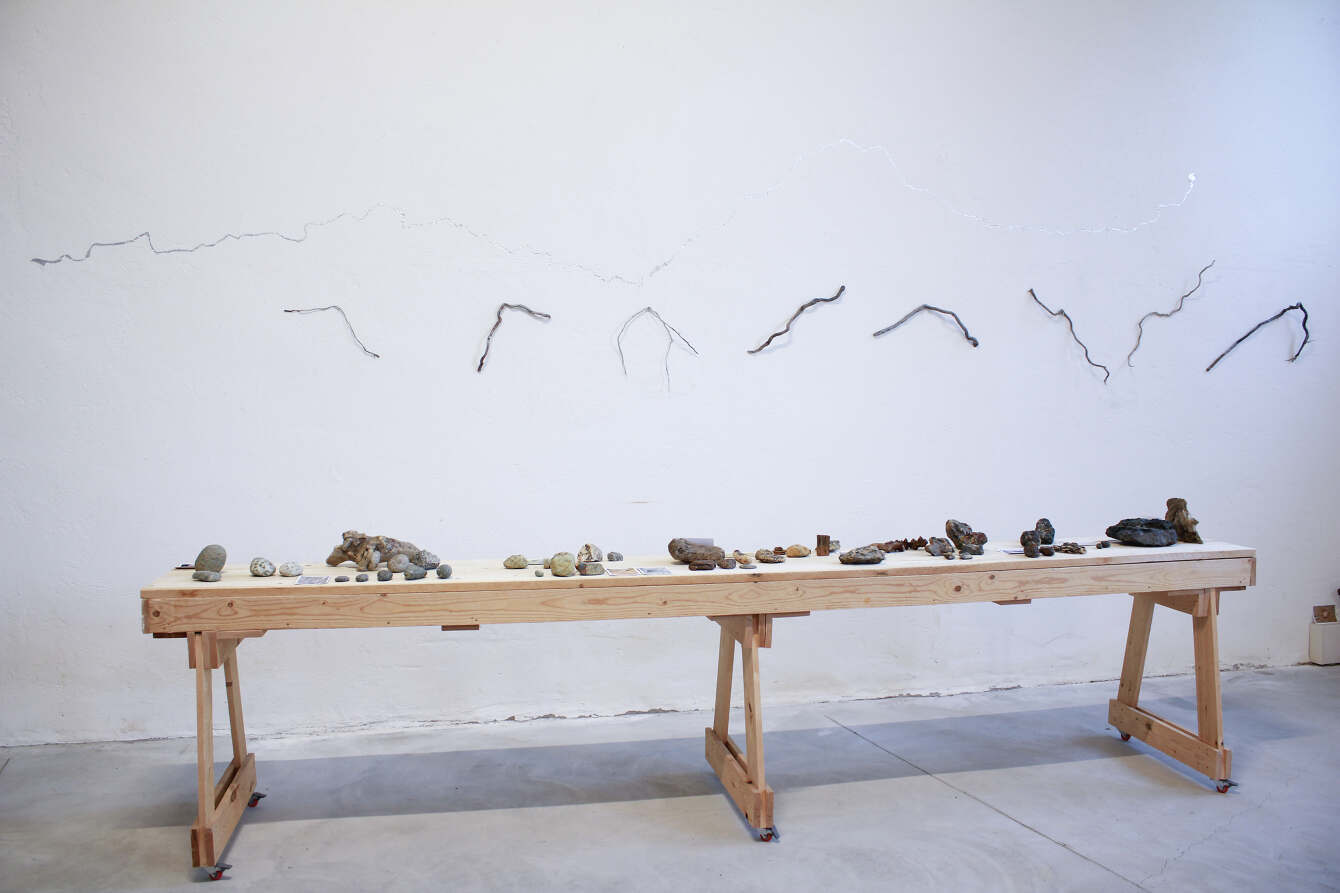CERVO PROJECT ROOM | ARCHIVE
2021
archive
installation
in collaboration with Annalisa Zegna
a research project developed in collaboration with Spazio Hydro and Accademia Unidee.

The Cervo project room is an archive in progress and the first phase of the Osservatorio sul Torrente project, an interdisciplinary research platform that focuses on the river as a common and a central element of the social, political, cultural, and economic development of the Biellese area.
Osservatorio sul torrente aims to collect and promote interdisciplinary research and in-depth studies that question the relationship between the inhabitants and the river, stimulate new participatory experiences that enhance the less considered or forgotten aspects of the territory, trigger the creation of other imaginaries, and build a new collective narrative of the relationship with the river.
The archive collects fragments of materials, maps, notes, and documents available for free reading and consultation, inviting people to rethink the relationship with the Cervo river and by extension with the entire territory, through a reflection on ecology, the environment and the cohabitation of human and non-human.
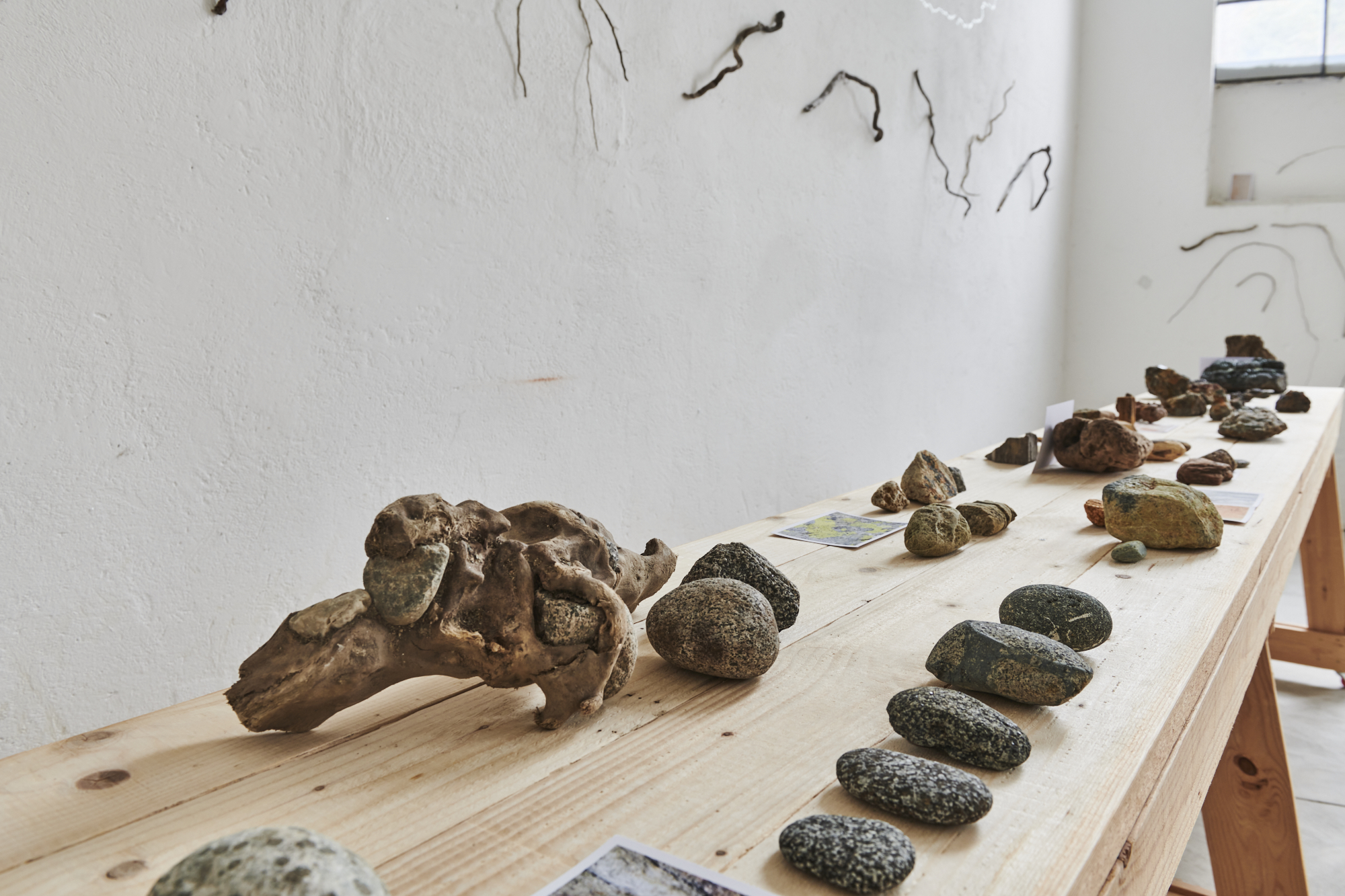
Superposition
In quantum physics the superposition principle is the idea that a system is not fixed and unique, determined, but it is the set of all possible states of that system, superimposed, co-present. Deriving from Heisenberg's uncertainty principle, it proposes that the state of the system collapses into a single form -what we call reality- only after a measurement or interaction with another system.
When the human being interacts with the environment in which he lives, he builds his reality on the basis of that relationship, a relationship mediated largely by his cultural background of which science is part. The construction of reality is therefore mostly a cultural process, of knowledge shared by a community.
In the reality of the Western world, an intrinsic dichotomy between nature and culture has developed over the course of history, arising from the emancipation of man from the context he inhabits. Man places himself above and outside the world that he tries to dominate. A system of thought whose consequences are now readable on a global scale, under the various nuances of the term anthropocene.
Just as the scientist has the task of understanding reality, the physical mechanisms that construct the world and the laws that dominate nature, so the artist has the task - the power - to contribute to the reflection on the cultural construction of reality, of our relationship with the "things" of the world. Curator Nicolas Bourriaud defines the role of art in contemporary society as an exercise in mending and overcoming this dualism. Contemporary art now deals with animals, plants, minerals, machines and technology, reintegrating nature into culture and vice versa.
The artist and the scientist, therefore, follow much more similar paths than it may seem, made of creativity and intuition and the need to give their elaborations an imaginative power able to generate thought, to build worlds, to relate people with the complexity of reality that they investigate, each in their own field. Both are confronted with the necessity of doing research, of re-observing reality, of reconsidering it, of proposing new forms. Reality -world- that as David Graeber reminds us is a participatory, intersubjective construct: "The ultimate and hidden truth of the world is that it is something we do, and that we could just as easily do differently".
This project room is an attempt to suspend ontology. A space of superimposition of countless realities. Suspending ontology means freeing the possibility of building new worlds and new thoughts, freeing external and alien points of view, defining a new relationship between human and non-human -human and "other" in the widest possible sense-. To negotiate a better balance between the various agents that inhabit, modify and define an environment. Like man and like the river.
At the center of the project room there is a research on the Cervo torrent, an element - or an entity - that has characterized the history of the Biella area at all levels, from those most intertwined with man -economy, sociology, habitability- to those less perceptible -geology, morphology of the territory, ecology-.
In this space are collected physical materials and research paths: stones, clay, wood, maps, notes, intuitions, impressions, correlations, historical documents and more in a sort of free-reading archive that would like to stimulate the generation of a link (or a different link) with the stream and by extension with the whole territory.
